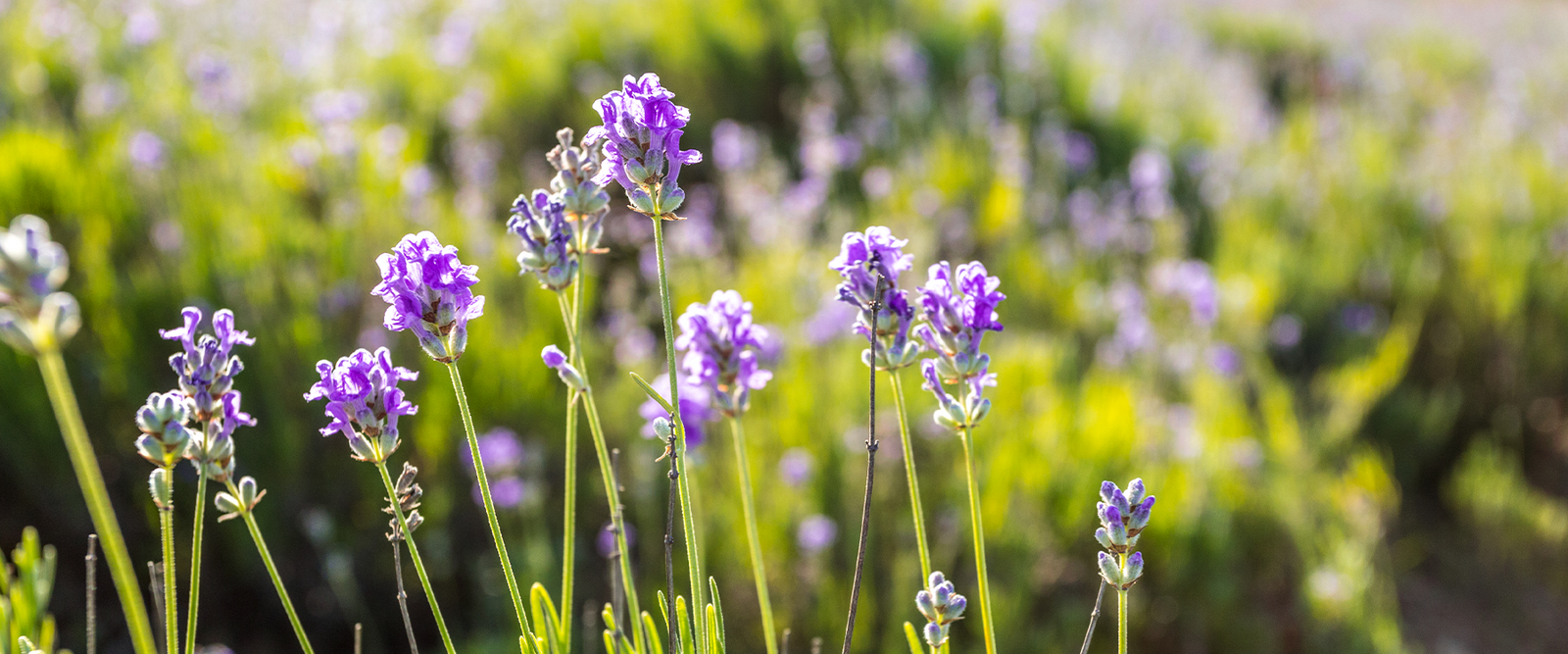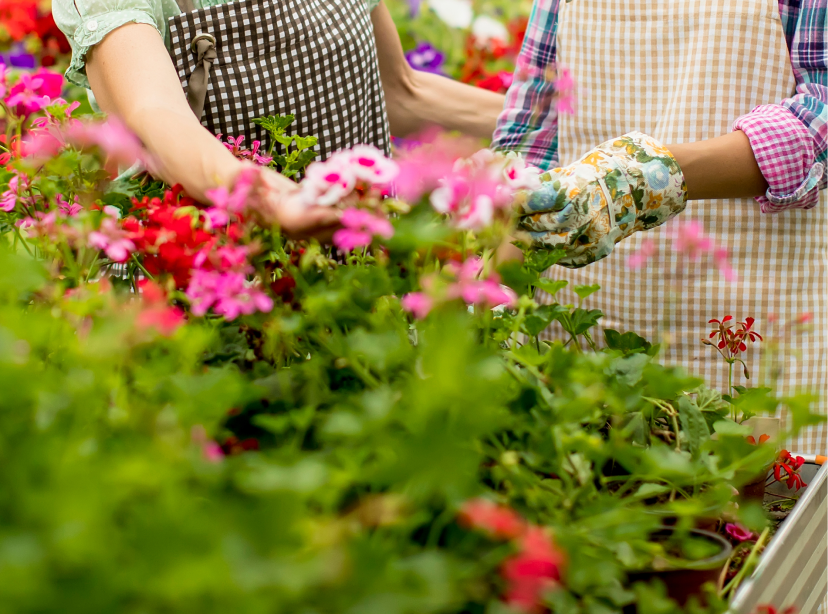Lavender plants are known for their beauty and delightful floral fragrance. With their durability and resilience, they make a wonderful addition to any garden or backyard. Acting like a perennial, these semi-shrubs produce green growth every year. In addition to their great features, pruning lavender is easy, allowing gardeners to maintain their beauty during the blooming season.
What You'll Need to Prune Lavender
When pruning lavender plants, the best tool is a pair of sharp garden shears that aid in quick healing. Precise pruners provide control for lighter trimming of flowers, vines, small bushes, ornamental plants, and shrubs, including lavender. For larger lavender bushes or hedges, a hedge trimmer can be an option. Properly maintaining pruning shears is crucial to keeping them clean and sharp, and preventing disease-causing bacteria from harming your lavender plants.

When to Prune Your Lavender
Pruning once a year is sufficient, but twice is better to avoid your shrub turning woody and failing to produce new lavender stalks, which can lead to winter rot. The ideal time to prune is in late summer or early fall after the flowering stage. Using precision pruners, trim lavender stems to an inch above the wood, avoiding cutting too close to the bottom of the bush. Avoid pruning before winter to prevent cold damage.
Tips on How to Prune Your Lavender
1. Pruning Young Lavender Plants
For young plants, start pruning after they've established roots. Use precision garden shears to cut new growth during the first year. This helps the plant react and increase in volume, making future pruning easier.
2. Pruning Middle-Aged Plants
Middle-aged or established lavender plants require heavy pruning, removing at least a third of the plant's length with pruning shears after blooming. Use this opportunity to shape the plant for increased airflow and sunlight exposure.
3. Pruning Mature Lavender Plants
For older plants, continue with heavy pruning, avoiding cutting down to leafless wood. Cut just above the woody part, up to the third node from which leaves grow. This rejuvenates dormant stems, prompting them to flourish once again.
By following these easy tips, you can ensure a garden filled with vibrant blooms and a healthy, well-maintained lavender display throughout the seasons. Happy pruning!




